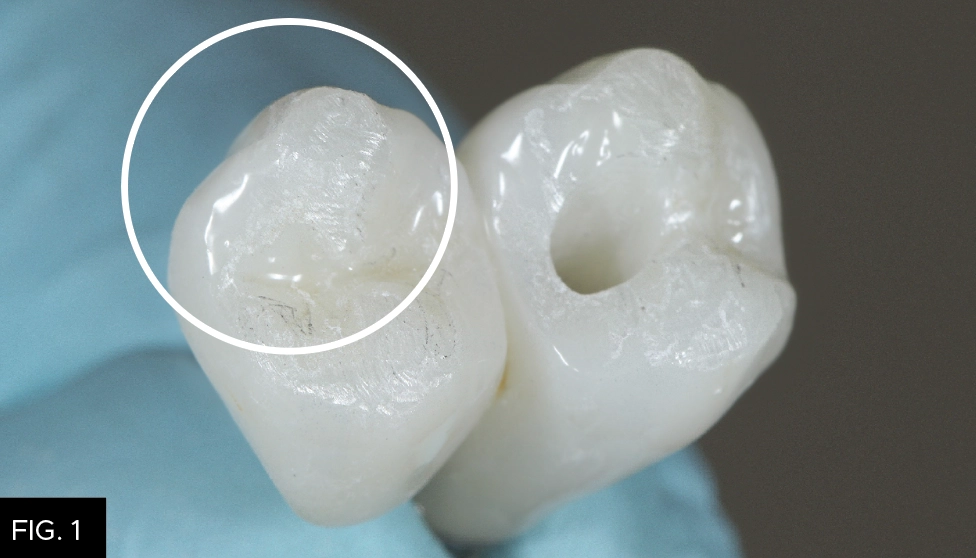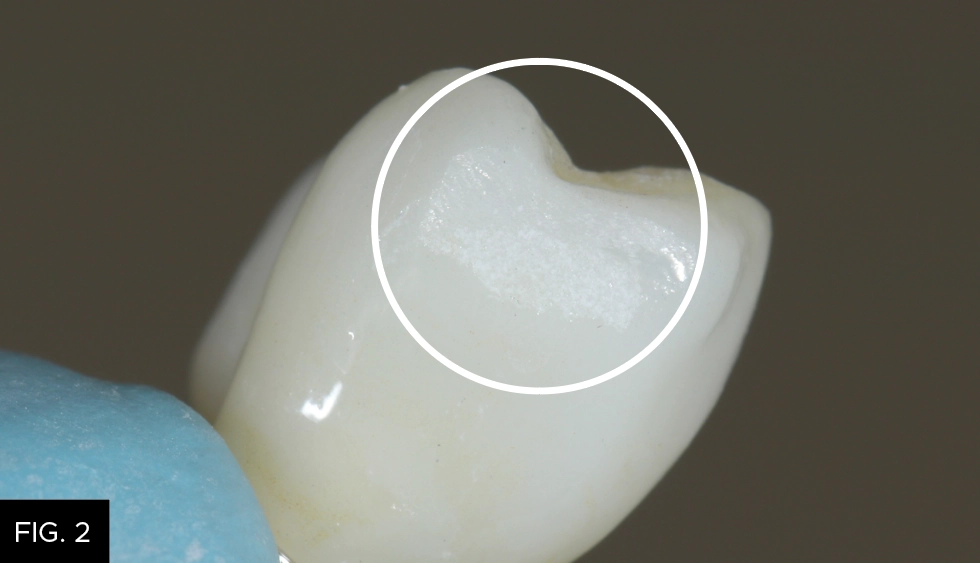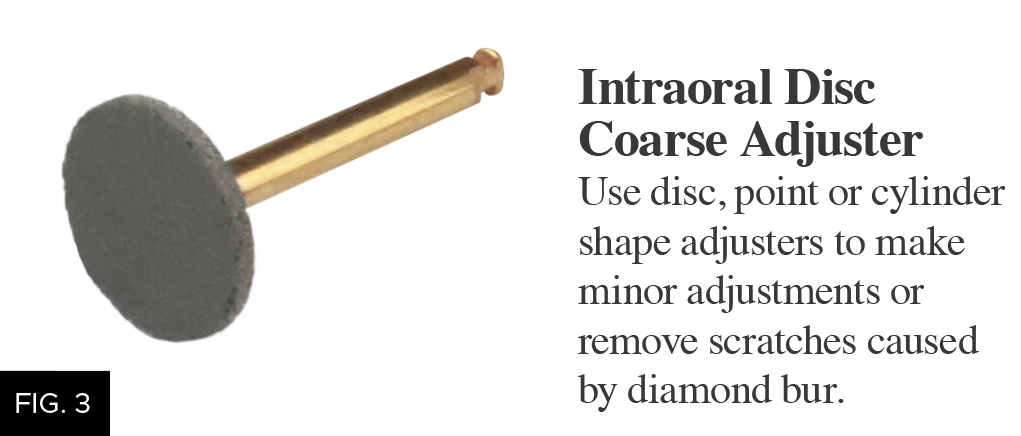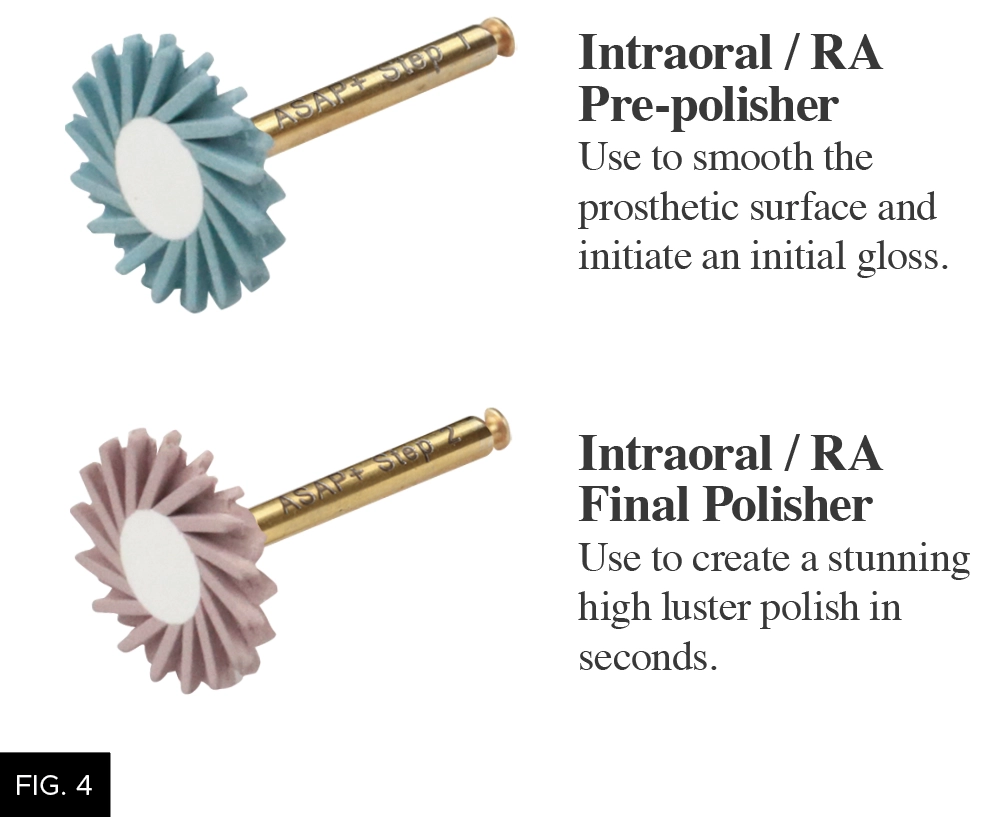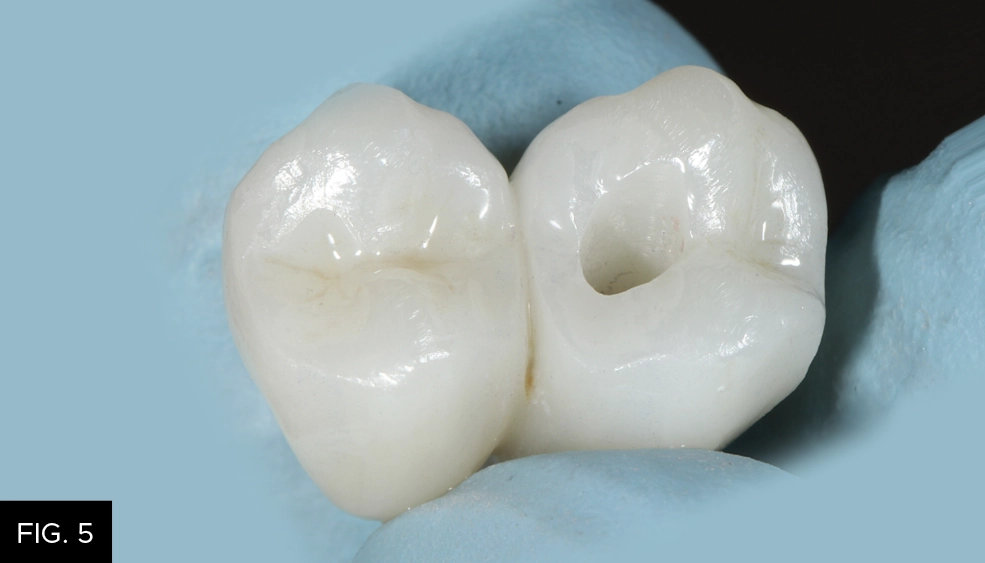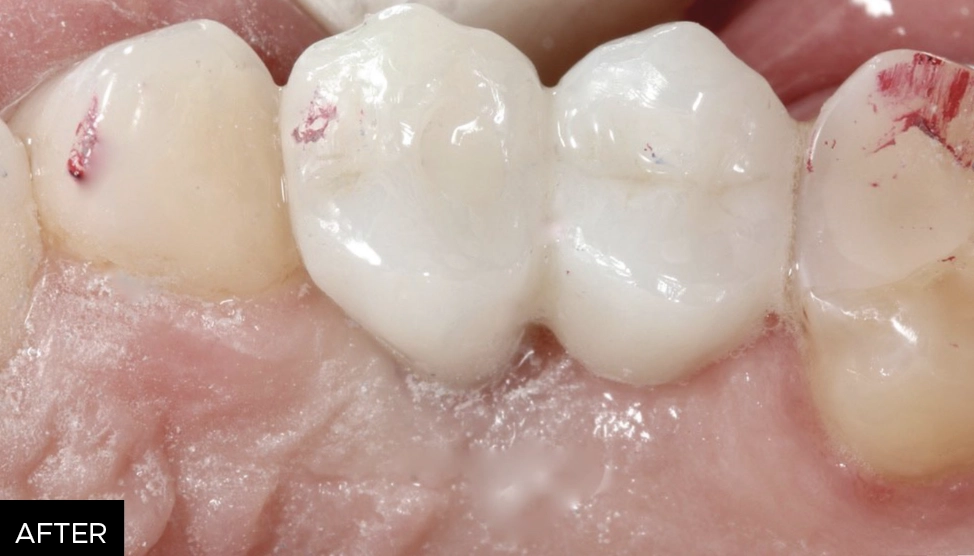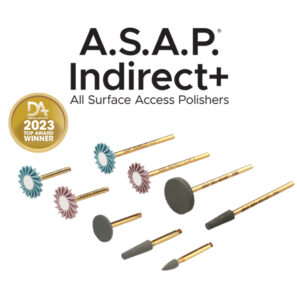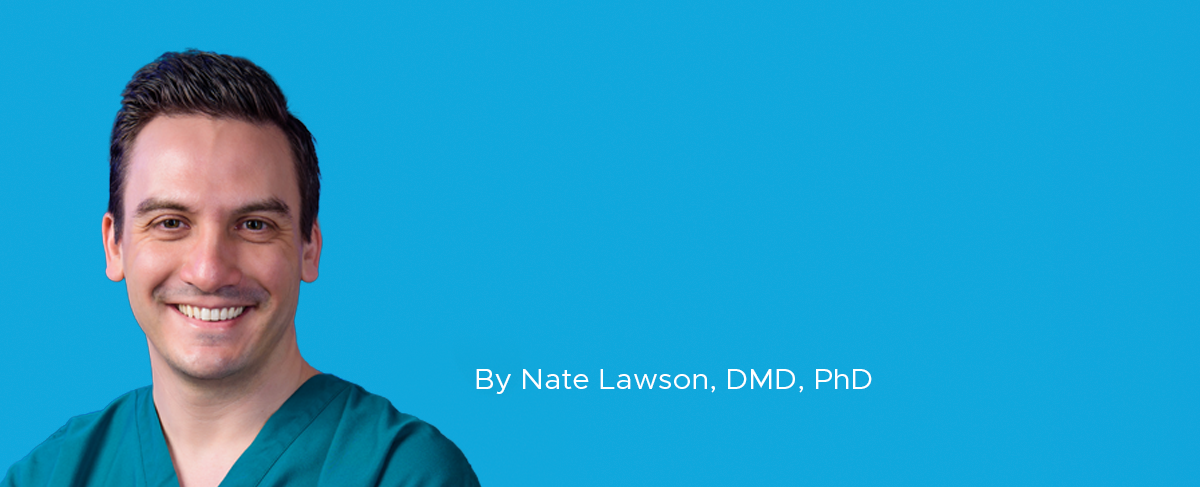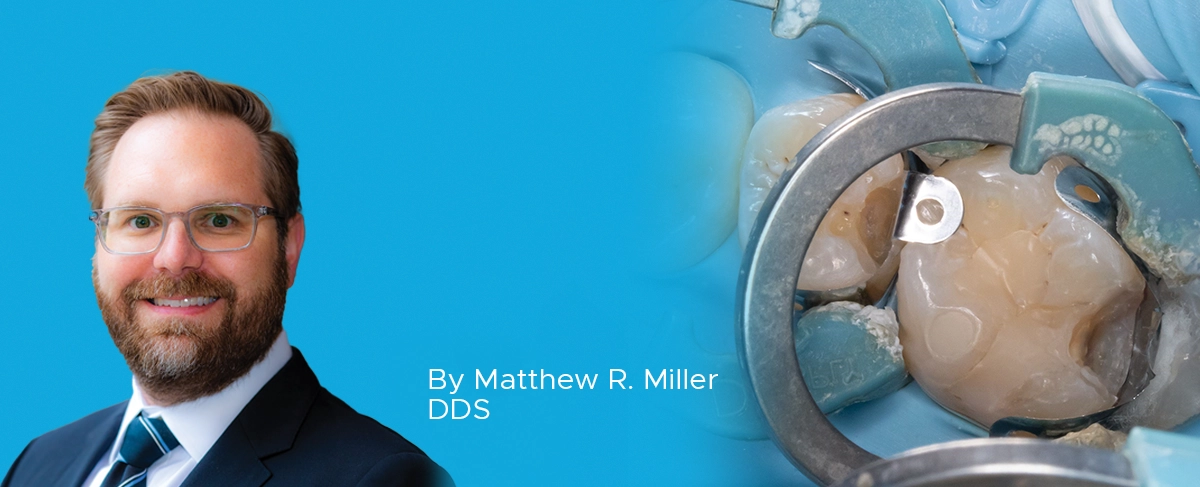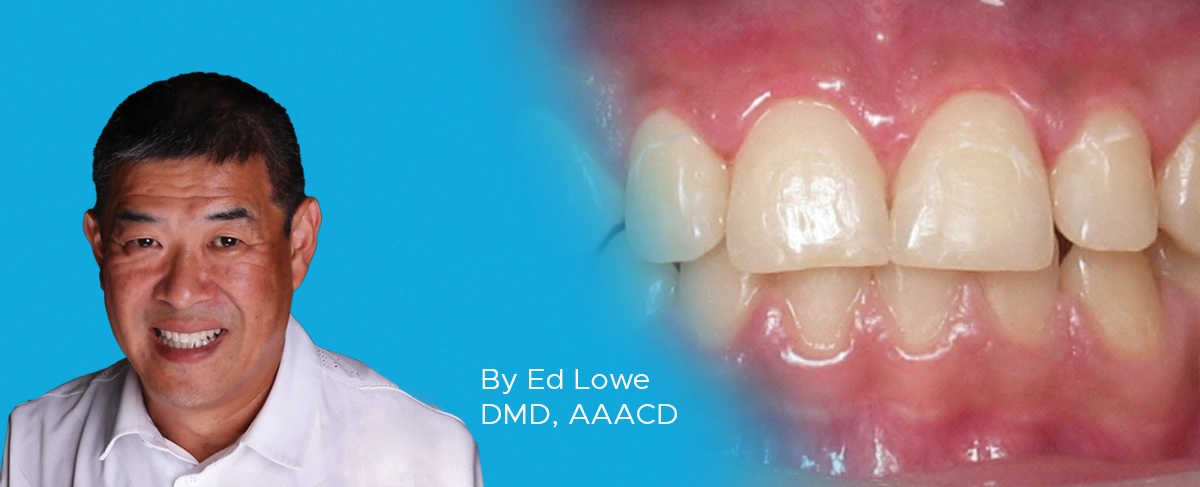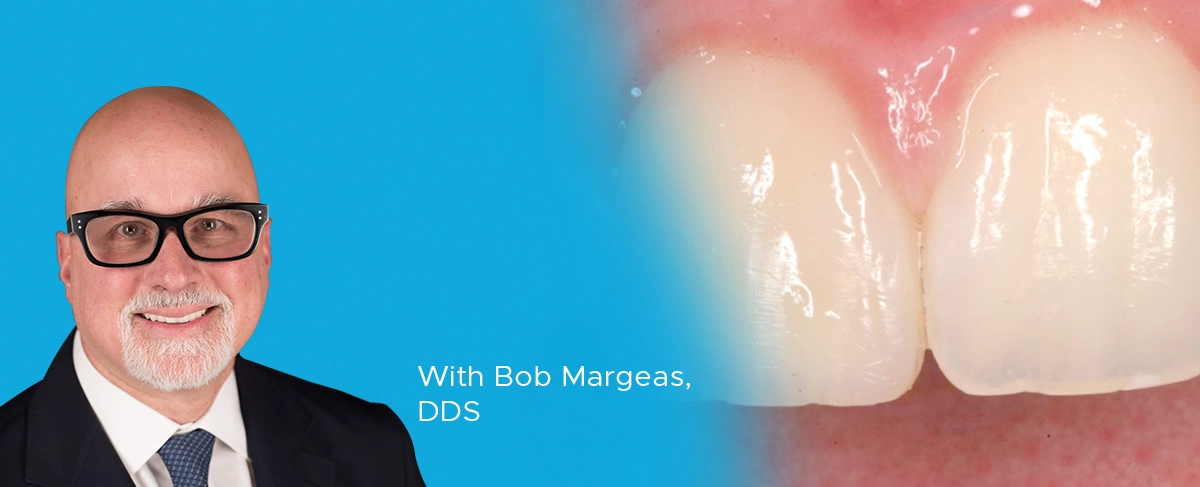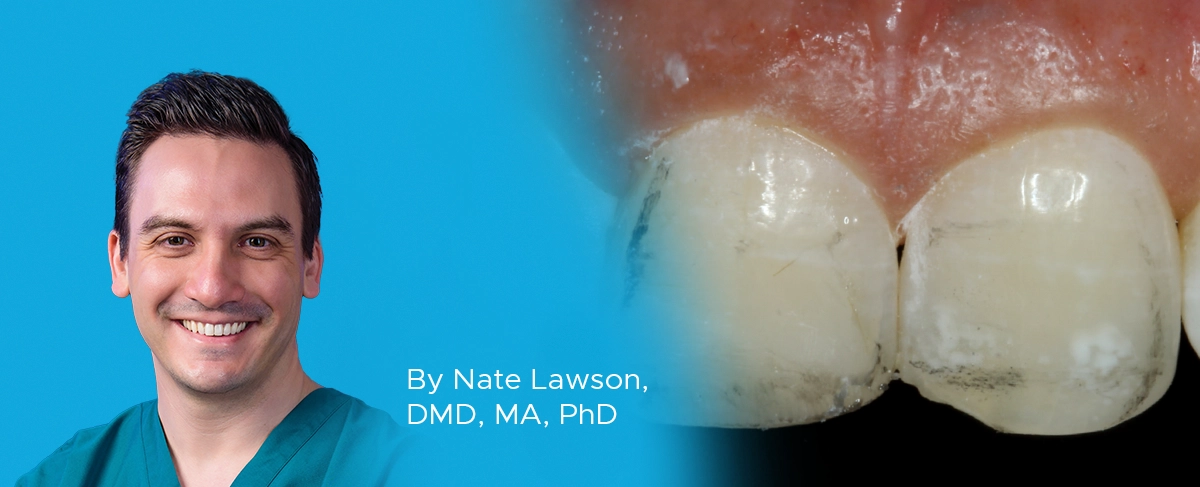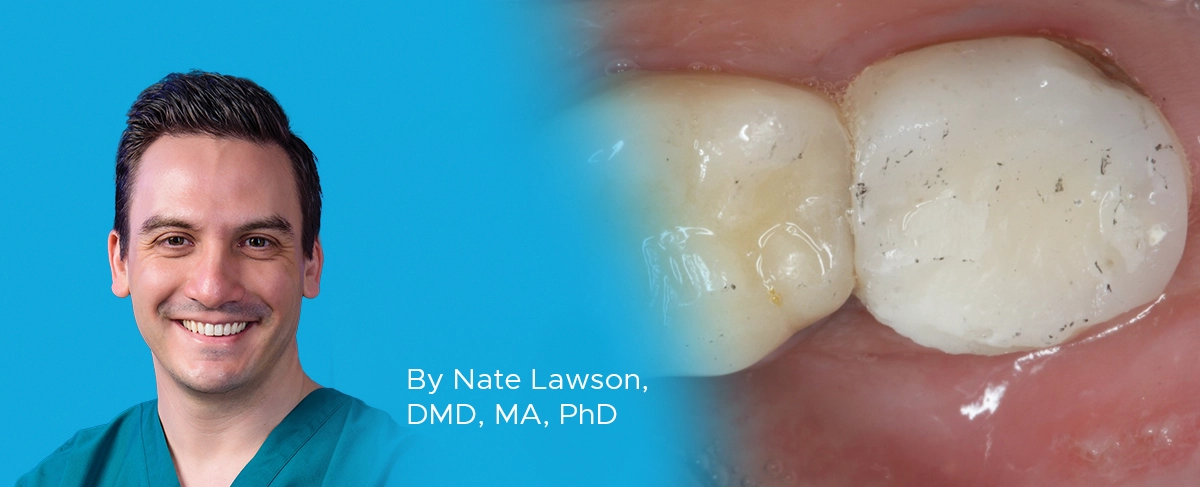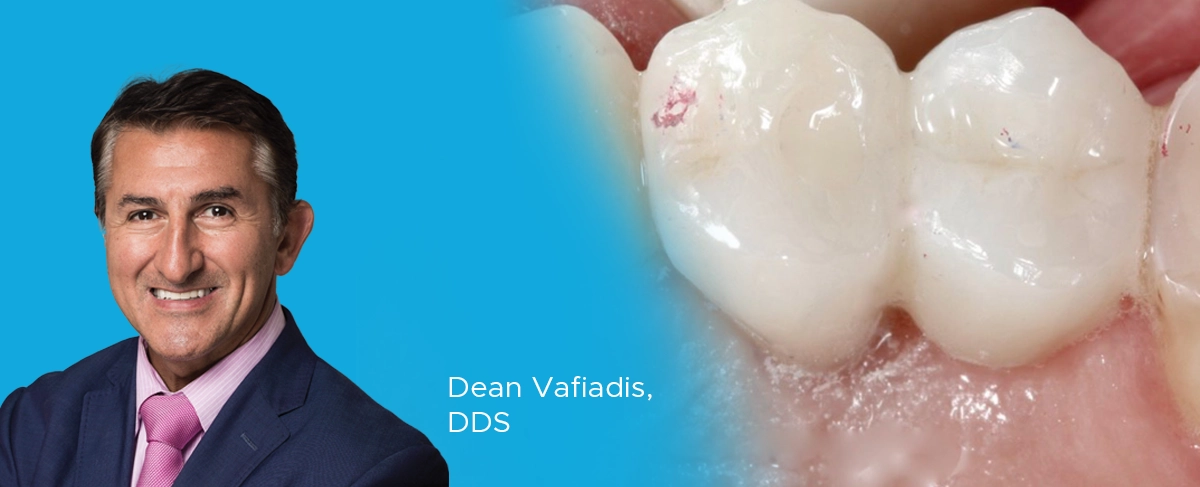
Ask the Expert: An Interview with Dean Vafiadis, DDS on Adjusting and Polishing Zirconia Restorations
With Dean Vafiadis, DDS
Question
How are you currently polishing your zirconia restorations post-adjustment?
Answer
Question
How much chairtime does it typically take for you to make adjustments to your zirconia restorations?
Answer
Adjusting zirconia is so much faster now. Evaluating and adjusting proximal contacts and occlusion has always been very straightforward. The time-consuming part was progressing through various polishing steps to get the high shine back to the adjusted surfaces. The A.S.A.P. Indirect+ system is a 2-step polishing system, but the kit includes coarse adjusters that I have incorporated into my polishing regimen to remove bur scratches. Now my adjustment/polishing of zirconia takes anywhere from 2–4 minutes, and the result is exactly what I want.
Question
Are you finding A.S.A.P. Indirect+ Adjusters and Polishers durable during use as well as after multiple sterilizations?
Answer
Question
Can you take us through a typical zirconia restoration chairside adjustment?
Answer
Whether it is a proximal contact or occlusal interference, I use a fine diamond bur in a high-speed handpiece to make the adjustment extra-orally, maintaining a speed at about 20,000 RPMs. (FIG. 1) Once I am satisfied with the modification, I use the disc-shaped gray adjuster from the A.S.A.P. Indirect+ kit to remove the scratches left from the diamond bur. I use light pressure with this for 10 seconds and without water. (FIG.2–3) The blue pre-polisher is applied with relatively heavy pressure for about 20 seconds, followed by the pink final polisher with light pressure (without water spray) for 10 seconds at approximately 1,700 RPMs. (FIG. 4–5) I follow these zirconia adjustments with a wet Robinson brush over the adjusted surface.
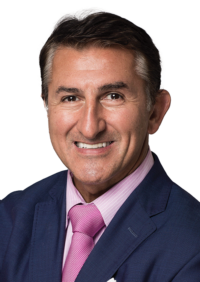
ABOUT THE AUTHOR
Dr. Dean Vafiadis received his dental degree and Prosthodontic specialty training at New York University College of Dentistry. He is the Director of the Full-Mouth Rehabilitation CE course at NYU and is an Associate Professor of Prosthodontics at NYU College of Dentistry. Dr. Vafiadis publishes and lectures on various topics such as aesthetics, implant designs, computer restorations, ceramic materials and occlusion. He is the founder of New York Smile Institute in NY, an educational center, full-service laboratory and learning facility as well as a private practice location for a multi-specialty practice for Implant and Aesthetic Dentistry. Dr. Vafiadis’ primary professional mission is to educate, publish, and invent new technologies that will help change the dental profession and patient’s lives. He is a member of the ACP, AAED, AO, AAID, ICOI, AACD and the ADA.
Share This Article! Choose Your Platform
Products Mentioned in this article
Related Articles
Ask the Expert: An Interview with Nate Lawson, DMD, PhD on Universal Adhesives
By Nate Lawson, DMD, PhD
What is an universal adhesive? A “universal” adhesive is not a technical term but rather a clinical term. It implies that an adhesive can be used with or without phosphoric acid on dentin or enamel. In scientific writing, these adhesives are sometimes referred to as mild self-etch adhesives because they have a slightly less acidic pH (around 3) than typical self-etch materials (around 2).
Ask the Expert: An Interview with Matthew R. Miller, DDS on Sectional Matrix Systems
By Matthew R. Miller, DDS
There are many sectional matrix systems on the market today. Are some better than others? What should I be looking for when choosing a sectional matrix system?
Ask the Expert: An Interview with Ed Lowe, DMD, AAACD on Soft Tissue Diode Lasers
By Ed Lowe, DMD, AAACD
What type of clinical procedures can be done with a soft tissue diode laser?
Ask the Expert: An Interview with Bob Margeas, DDS on Universal Composites
How do you evaluate the esthetic potential of a composite?
Ask the Expert: An Interview with Nate Lawson, DMD, MA, PhD on Composite Polishers
By Nate Lawson, DMD, MA, PhD
When I first learned to place composite restorations, I had issues achieving a smooth, porous-free surface that blended with my tooth preparation. Perhaps the most important tip to achieve this outcome is to maintain a smooth surface throughout the entire process of placing and layering the composite.
Ask the Expert: An Interview with Nate Lawson, DMD, MA, PhD on the Fabrication of Temporary Restorations
By Nate Lawson, DMD, MA, PhD
There are several methods used to fabricate temporary restorations. They range in complexity from “block” temporaries, formed from the free-hand carving of set temporary material placed over the prepared tooth, to pre-fabricated stainless steel or acrylic temporary crowns to 3D printed or milled temporaries.

